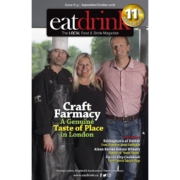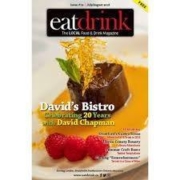The Great Immigrant Road Trip
Fusion is not new in the restaurant world. Even though Chef Edward Lee fears it has become a culinary gimmick, he knows the concept had profound meaning when it originated in a restaurant in Florida under the gaze of one of his heroes, Norman Van Aken. Real fusion is attuned to the everyday cooking of families who set roots in a new country and harmonize immigrant traditions with local cuisine. These are the types of recipes, restaurants, chefs, and families that Lee searched for from the nationalities sprawled across American cities when writing his book Buttermilk Graffiti: A Chef’s Journey to Discover America’s New Melting-Pot Cuisine. He found himself in cities where “there is nothing about this place that screams ‘culinary paradise’ ” and stumbled upon diners and cafes that “will never make it to the top of a Zagat list” (57); yet these were the places he found made-from-the-heart, cultural cuisine that surprised him into falling in love with unique dishes. Whenever Lee has clam pizza in Connecticut he contemplates “the slow and gradual interconnection of two cultures, in this case, Italian and New England.” He further writes, “When you look at the evolution of American cuisine, you always find this tension between tradition and innovation, a tension that produces the foods we crave most. It is in the intersection of the home we leave and the home we adopt that we find a dish that defines who we really are.” Read more



